Short S.23 C Class Empire Flying Boat Qantas
Production Time 9 to 10 weeks
Shipment is by FedEx, UPS or DHL International Express Courier with a normal door-to-door delivery time worldwide of within 2-3 business days after dispatch. Due to the current volatility of world fuel prices, the amount mentioned here is our best estimate for DHL and UPS and may be subject to change at the time of shipping.

Model Description: Short S.23 C Class Empire Flying Boat Qantas Wood Replica Scale Custom Model Aircraft
Manufacturer: Short
Wingspan: 17.1 Inches (43.4 Centimeters)
Height: 4.8 Inches (12.2 Centimeters)
Scale: 1:80
Registration: VH-ABG
$239.50
Production Time 9 to 10 weeks
-
United States dollar ($)
-
Pound sterling (£)
-
Euro (€)
-
Australian dollar ($)
-
Canadian dollar ($)
-
Singapore dollar ($)
-
Swiss franc (CHF)
-
Japanese yen (¥)
-
Danish krone (kr.)
-
Hong Kong dollar ($)
-
Norwegian krone (kr)
-
Swedish krona (kr)
-
United Arab Emirates dirham (د.إ)
General Product Description
Our PlaneArts Short S.23 C Class Empire Flying Boat Qantas model exhibits unique, unrivaled quality and detailed design to come as close as possible to the accuracy of the actual plane. It comes as standard with a robust, durable base or stand which is available in a variety of different finishes designed to match your own personal requirements including solid wood, wood with polished metal supports or adjustable wood wall mount and will be ready within about 9-10 weeks from placement of order.
The Short S.23 C Class Empire Flying Boat Qantas model is made of the finest kiln dried renewable mahogany wood (commonly known as Lauan or Meranti) which has undergone many stages of carving and meticulous and careful sanding giving the beautiful finished museum quality masterpiece. Many collectors and model connoisseurs demonstrate their preference for genuine handmade and hand painted mahogany wood models rather than plastic or die cast (diecast) alternatives due to the overall look and totally different feel of the item - we trust you will find the same. We can, however, if required produce the same model in Solid Cast Resin so just click and contact us us for further information. Our craftsmen and gifted artisans ensure that our finely handcrafted model airplanes match the precise blueprint details of the original aircraft. The paint scheme, markings and parts are closely matched, reflecting the original aircraft. This stylish top-quality desktop replica model will surely enthrall anyone who receives this as a gift and for sure one of the most appropriate and desirably collectable gifts for any aviation enthusiast and avid aircraft collector whilst also displaying a perfect resemblance to the actual aircraft.
If you require we can also make the Short S.23 C Class Empire Flying Boat Qantas model in any other airline, private livery or colour scheme you require and if necessary in a different size or scale. Just click here to contact us with a description or photographs of what you require, and we will let you have a quotation for the necessary customization by return email. We can also make bespoke scale replicas of any other private / civil commercial airliner or airliners, helicopter, glider, gliders with engines, military jet, warplane jets, propeller warplanes, biplane, triplane, tail fin, spacecraft, rocket or NASA model you require in any airline, military or civilian livery or colors. We also produce model airships, blimp, dirigible, blimps, boat and ship collectibles. Wall plaque or seal for military, government or private customers. Again, by clicking here to contact us just let us know exactly what you need.
The Short S.23 C Class Empire Flying Boat: A Qantas Aviation Icon
The Short S.23 C Class Empire Flying Boats, often hailed as the pinnacle of pre-World War II aviation technology, played a pivotal role in connecting the British Empire’s far-flung territories. Operated by airlines such as Imperial Airways and its Australian partner Qantas, these aircraft were not just a mode of transport; they were a statement of elegance and engineering excellence. This article delves into the history, design, and impact of these majestic aircraft, with a special focus on their use by Qantas.
The Genesis of the Empire Class:
Developed in the mid-1930s by Short Brothers, the S.23 was designed to fulfill the British government’s specification for an aircraft capable of operating long-distance routes within the Empire. The design was a response to the increasing need for air linkages that could supplement and, in some cases, replace sea travel. The Empire flying boats were intended to carry mail, cargo, and passengers, offering a faster and more direct service than ships.
Design and Features:
The Short S.23 was a large flying boat with a monoplane design, featuring a high wing span that provided the necessary lift for carrying heavy loads over long distances. The aircraft was powered by four Bristol Pegasus Xc radial engines, which were reliable and efficient for the era. The hull was designed for ocean landings, allowing the aircraft to use bodies of water as makeshift airports, an invaluable feature for routes that covered regions with limited infrastructure.
The interior of the Empire flying boats was a testament to luxury. These aircraft could accommodate up to 24 passengers, with features that included sleeping berths, a dining area, and a promenade deck—amenities that mirrored ocean liners more than contemporary aircraft.
Qantas and the Empire Routes:
Qantas, officially known as Queensland and Northern Territory Aerial Services, began operating the Short S.23s in 1938. The airline used these flying boats to establish the legendary “Kangaroo Route,” which connected Australia with England. The journey was not direct; it involved multiple stops across continents, including stops in Singapore, India, and Egypt, among others. The use of flying boats was particularly advantageous because many of these regions lacked significant airport infrastructure.
The introduction of the S.23 flying boats marked a significant upgrade in service and capability for Qantas. It not only enhanced the speed and comfort of transcontinental travel but also demonstrated Australia’s growing prowess in international aviation.
Impact and Legacy:
The operational history of the Short S.23 C Class during its time with Qantas was marked by both achievements and challenges. While the aircraft were instrumental in pioneering international air travel routes, they also faced issues such as difficult weather conditions and the onset of World War II, which required many of these aircraft to be repurposed for military use.
Despite these challenges, the legacy of the Short S.23 Empire flying boats is profound. They were among the first to offer a glimpse into the future of international air travel, impacting airline operational strategies, route planning, and the overall approach to global connectivity.
Conclusion:
The Short S.23 C Class Empire Flying Boats are a golden chapter in the annals of aviation history. For Qantas, these aircraft were more than just machines; they were a bridge that connected Australia to the rest of the world, enhancing both its aviation capabilities and its international reputation. Today, they are remembered not only for their technological advancements and luxurious amenities but also for the spirit of adventure and innovation they embodied.
| Weight | 6 kg |
|---|---|
| Dimensions | 13.2 × 17.1 × 4.8 in |
Be the first to review “Short S.23 C Class Empire Flying Boat Qantas” Cancel reply
Similar Models
Private & Civilian
Private & Civilian
Private & Civilian
Private & Civilian
Private & Civilian
Private & Civilian
Private & Civilian
Private & Civilian
Private & Civilian
De Havilland Canada Dash 8 QantasLink Eastern Australia Airlines
Private & Civilian
De Havilland Canada Dash 8 Q400 QantasLink Pink Breast Cancer Livery
Private & Civilian
Private & Civilian
Private & Civilian
Private & Civilian
Private & Civilian
Private & Civilian
Private & Civilian
Private & Civilian
Private & Civilian
Private & Civilian
Private & Civilian
Private & Civilian
Private & Civilian
Private & Civilian
Boeing 747-400 Qantas Spirit of Australia MODEL IN STOCK AND READY FOR IMMEDIATE SHIPPING
Private & Civilian
Private & Civilian
Private & Civilian
Specials
Private & Civilian
Private & Civilian
Private & Civilian
Private & Civilian
Private & Civilian
Private & Civilian
Private & Civilian
Private & Civilian
Private & Civilian
Private & Civilian
Private & Civilian
Private & Civilian

















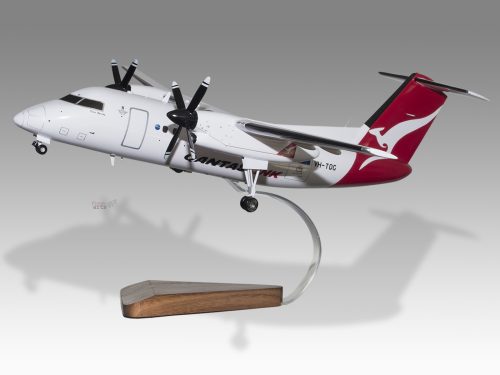
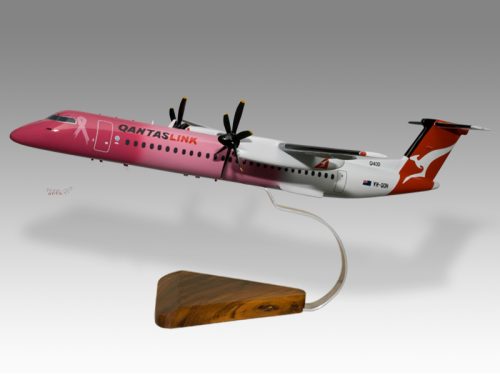

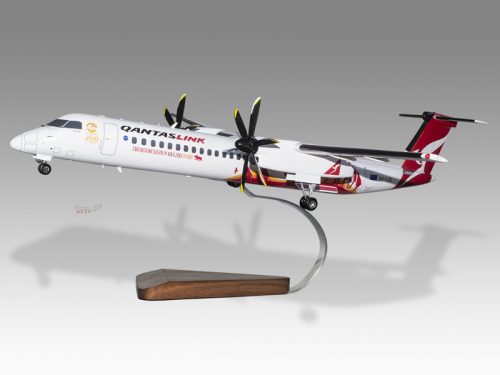


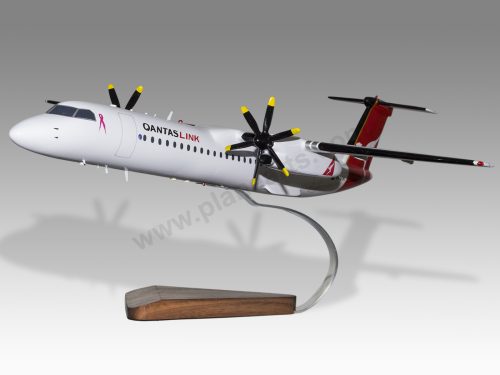





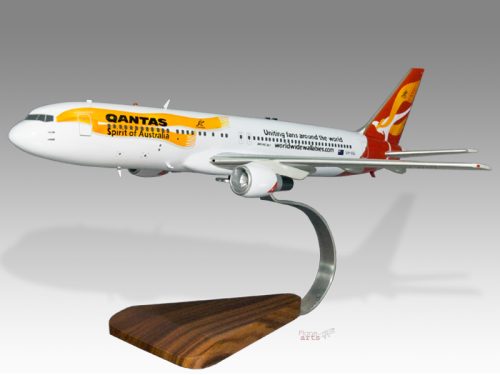



















Reviews
There are no reviews yet.